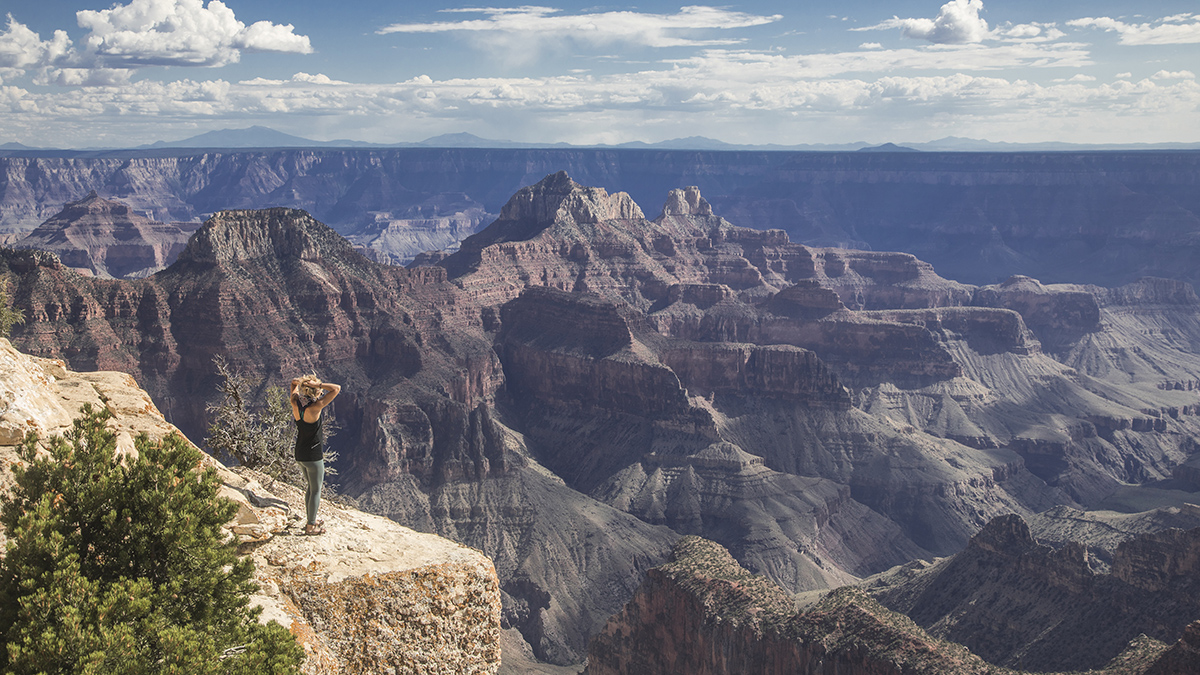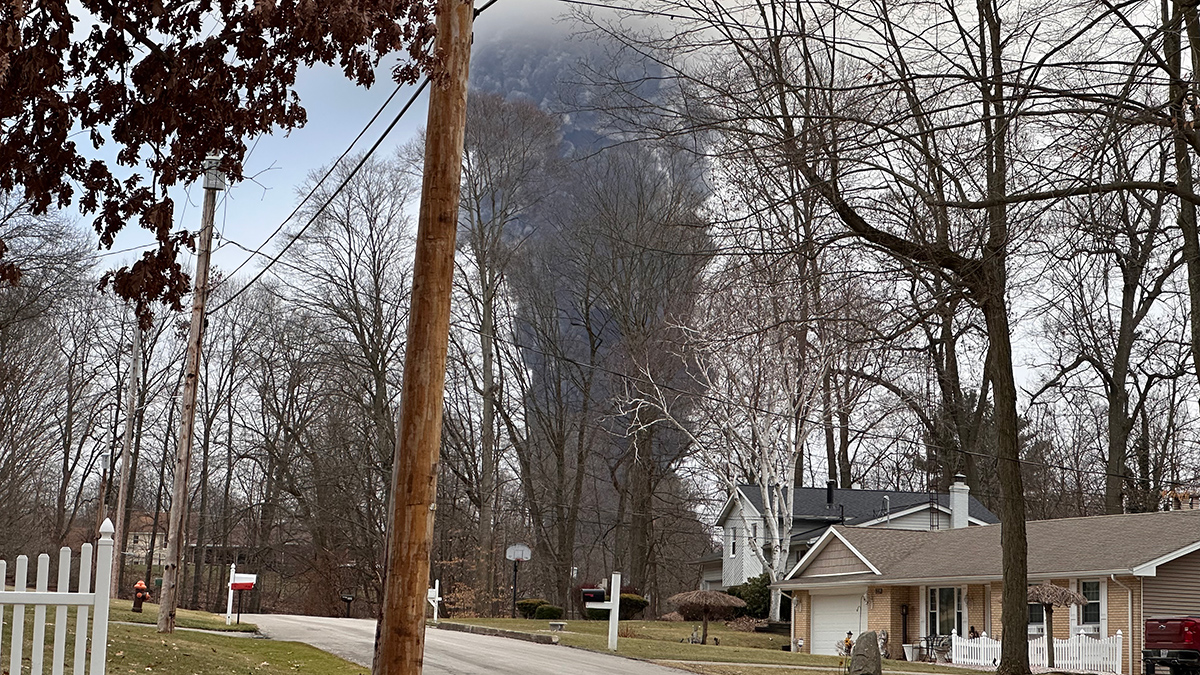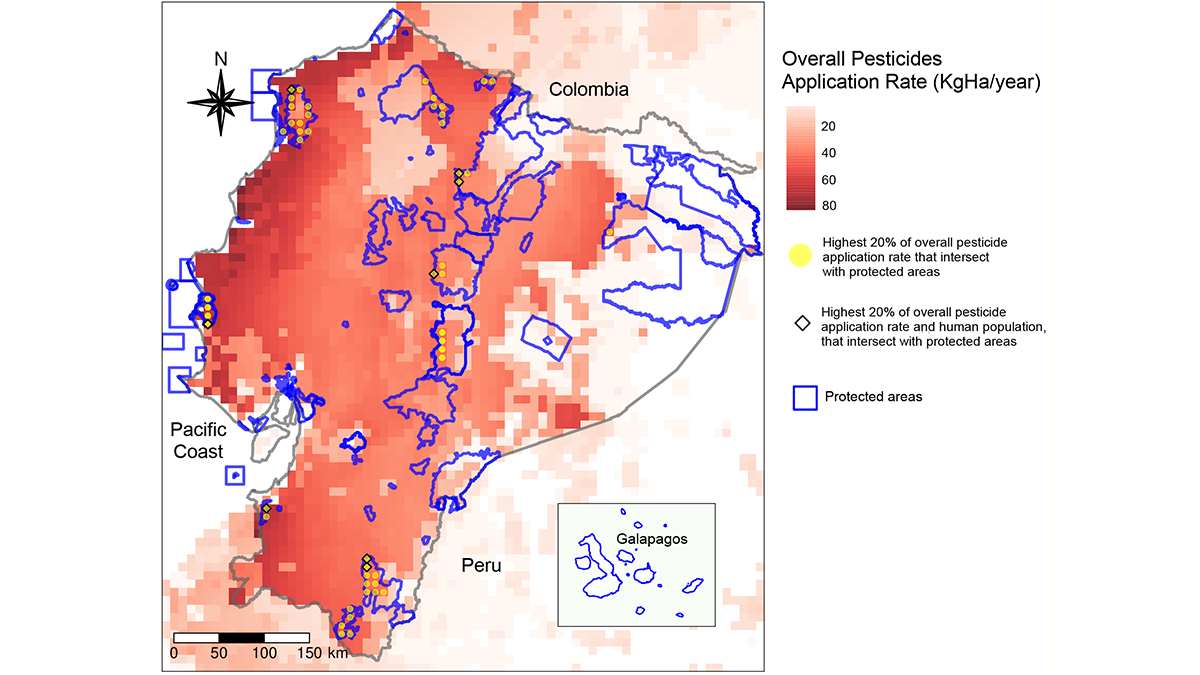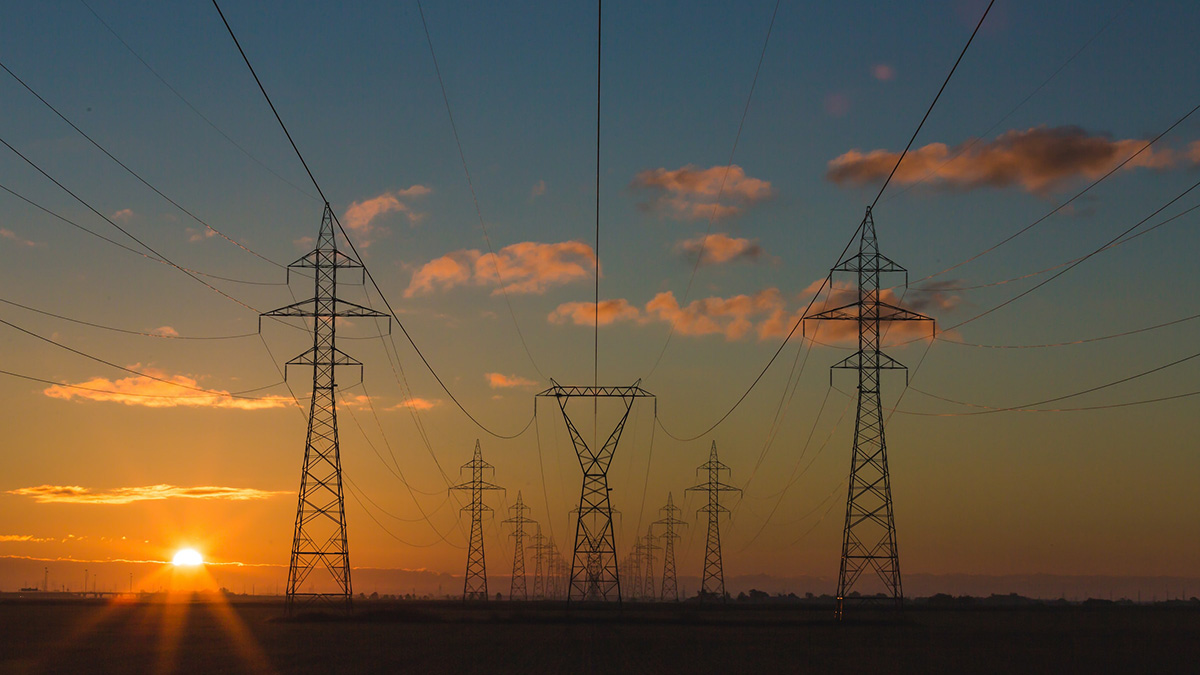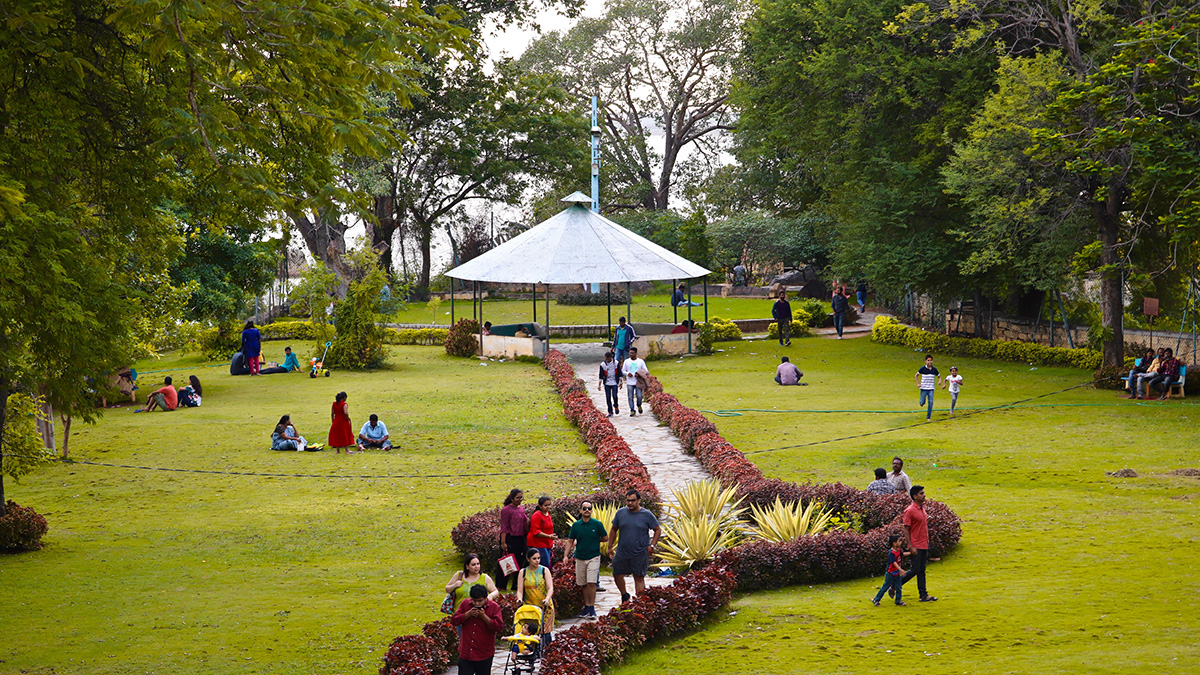Climate change may double the risk of heat-related illness at Grand Canyon National Park by the end of the century.
public health
When It’s Too Hot for Fans
Electric fans keep vulnerable people cool in a warming world. But new research shows there are increasing numbers of hours when—and places where—using fans may be dangerous.
Some Chemicals Lingered for Weeks After Ohio Train Derailment
Researchers drove around a van outfitted with a sensitive mass spectrometer to measure airborne chemicals weeks after the disaster.
Air Pollution Increases COVID-19 Risks
A crop of new studies shows that exposure to air pollution adds days to hospital stays and increases the likelihood of death from COVID-19.
Collins Gameli Hodoli: Air Quality Is Data Driven
The environmental scientist is making pollution levels public to draw nonscientists into the fight for clean air.
Mapeo de la convergencia entre pobladores, pesticidas y áreas protegidas
La exposición a pesticidas puede afectar la salud humana y de los ecosistemas. Una investigación reciente aplica modelos cartográficos en Ecuador, los cuales pueden ser exportados a otras escalas para limitar estos impactos adversos en otras regiones.
Mapping Intersections of Pesticides, Protected Areas, and People
Pesticide exposures can impact human and ecosystem health, and new research uses a modeling approach applied to Ecuador that can be scaled and exported to limit negative impacts in other regions.
Summer Heat Waves Could Cause Blackouts Across the Country
Higher than normal temps could strain grids that are not used to unprecedented heat waves.
शहरी हरियाली के लाभों का आंकलन
शहर में हरियाली डिज़ाइन करते समय शहर के समुदायों को शायद यह सोचना पड़े कि जल अवशोषण या शीतलन, कौन से लाभ ज़्यादा ज़रूरी हैं।
الفوائد الصحية العالمية من تحقيق مرحلة صفر انبعاثات
إن خطط الحد من ظاهرة التغير المناخي ستقلل من تلوث الهواء وهو ما سيفضي إلى إنقاذ مئات آلاف الأرواح في العقود القادمة.

